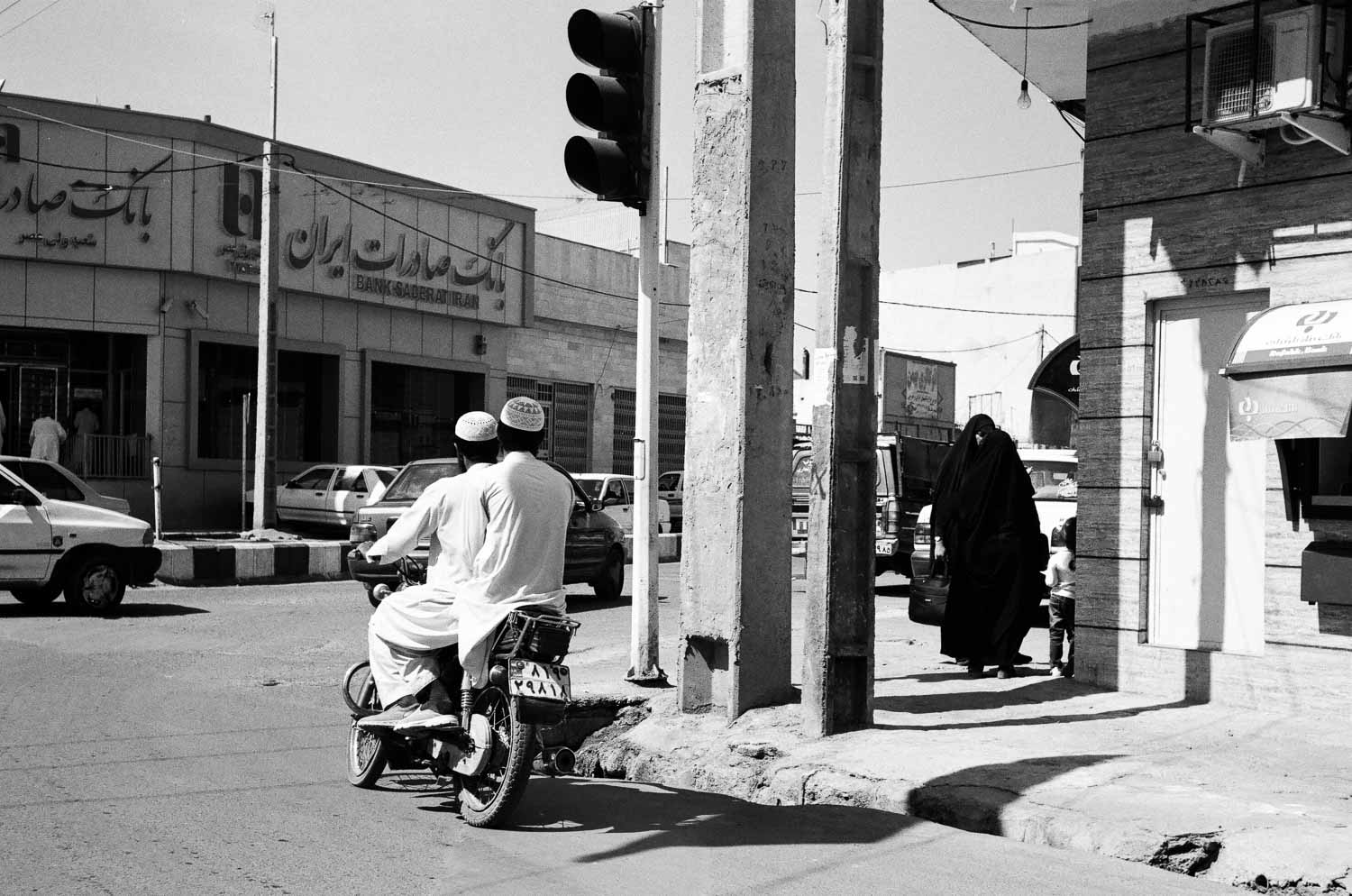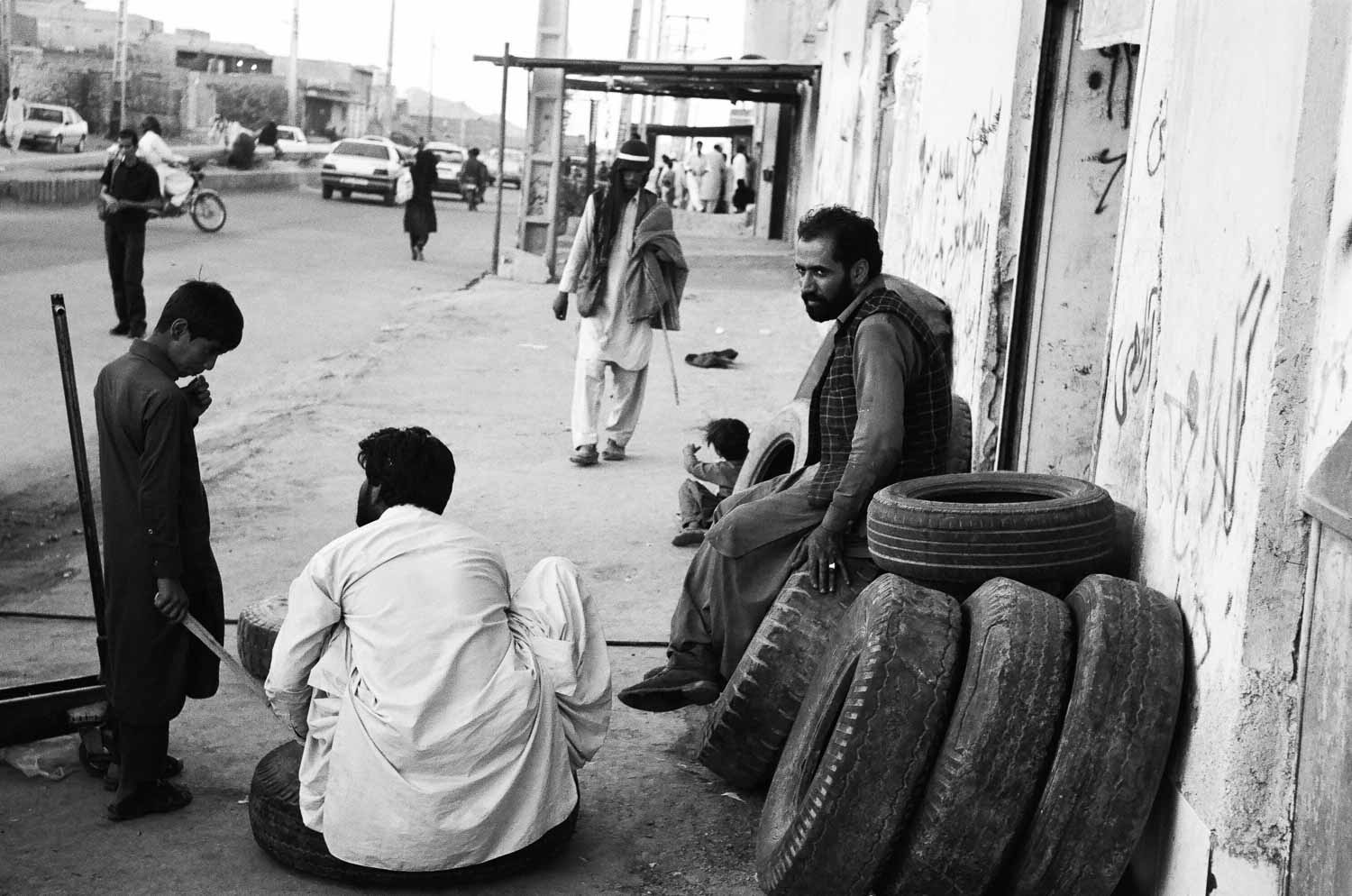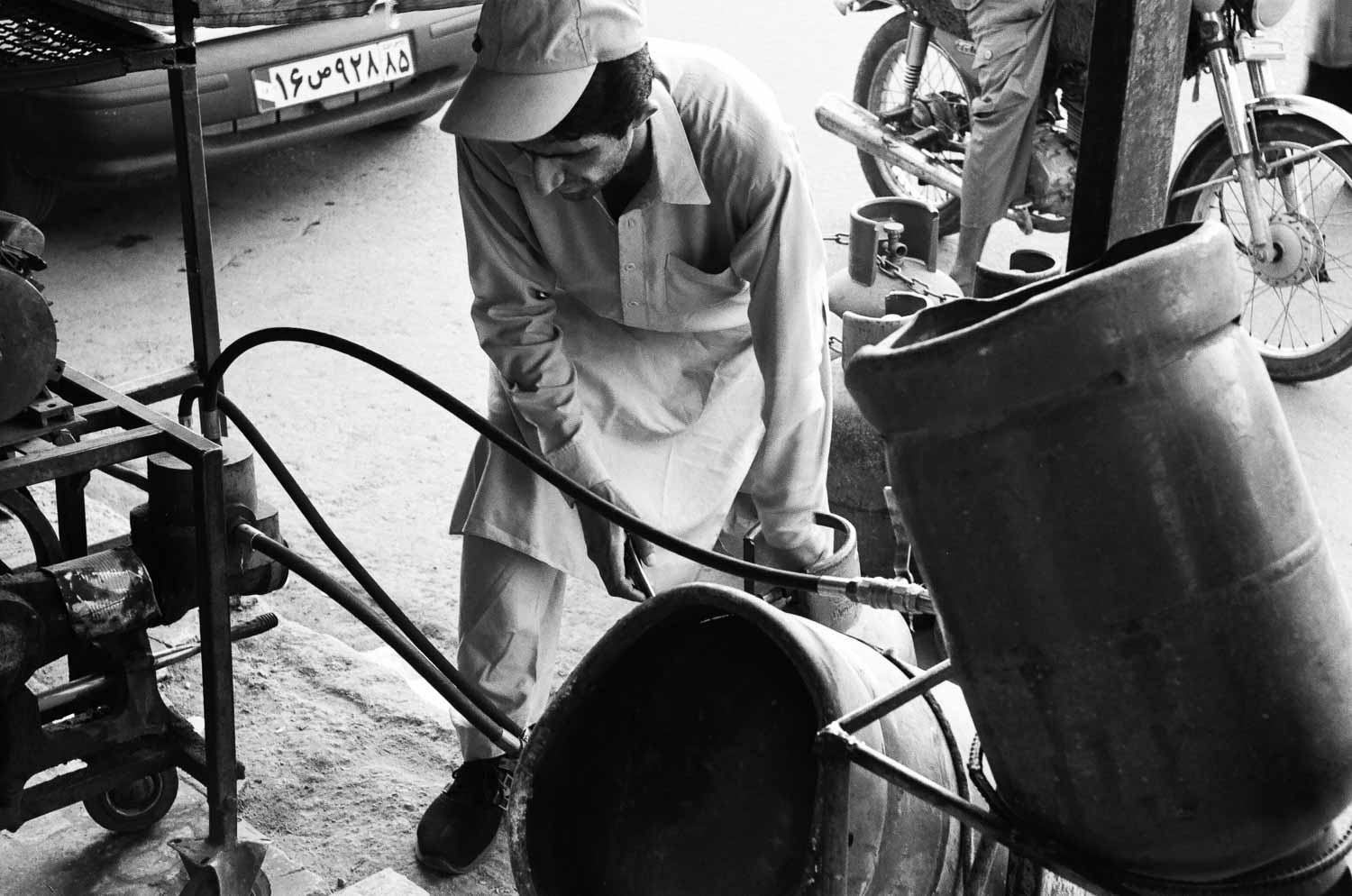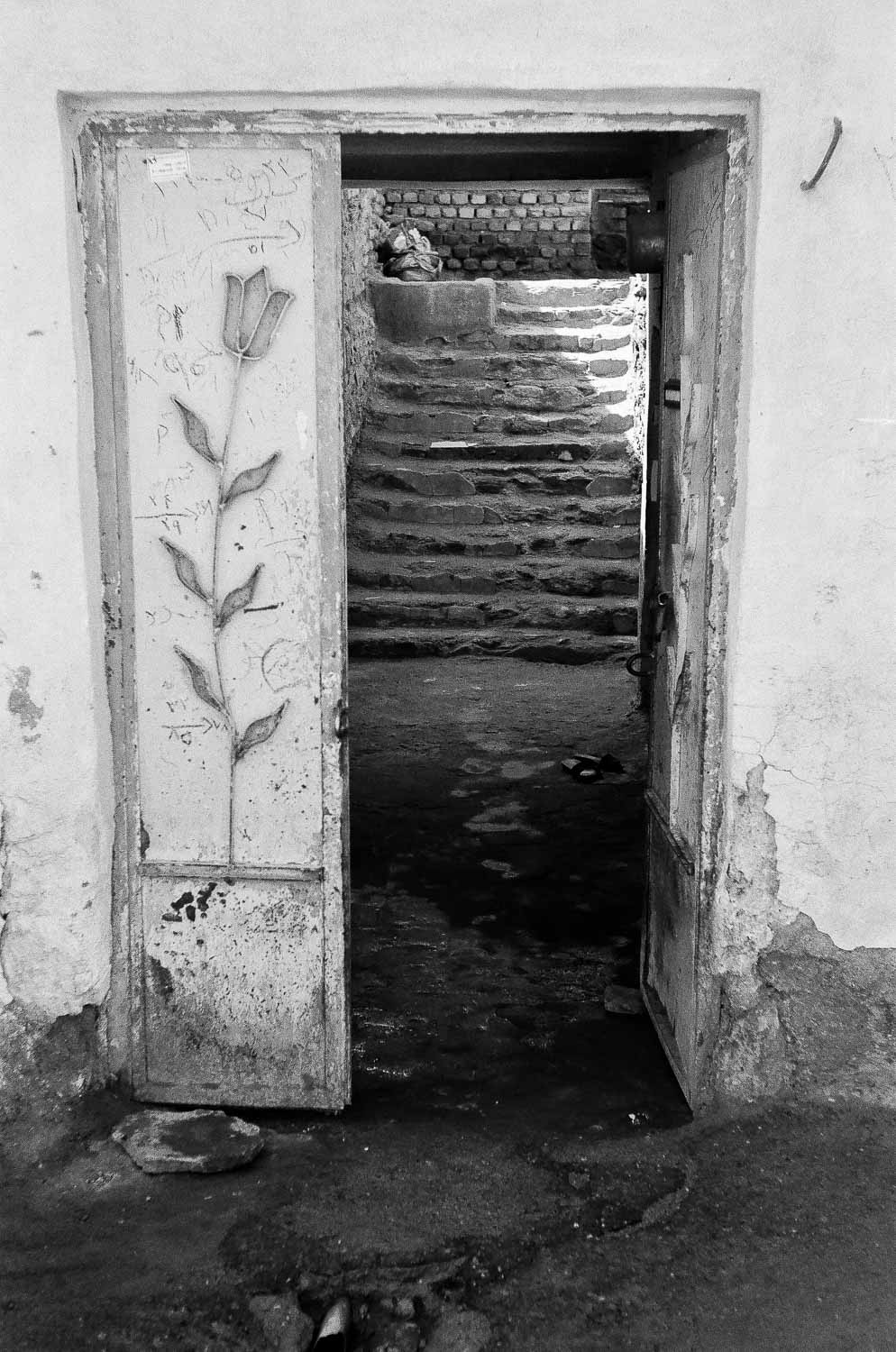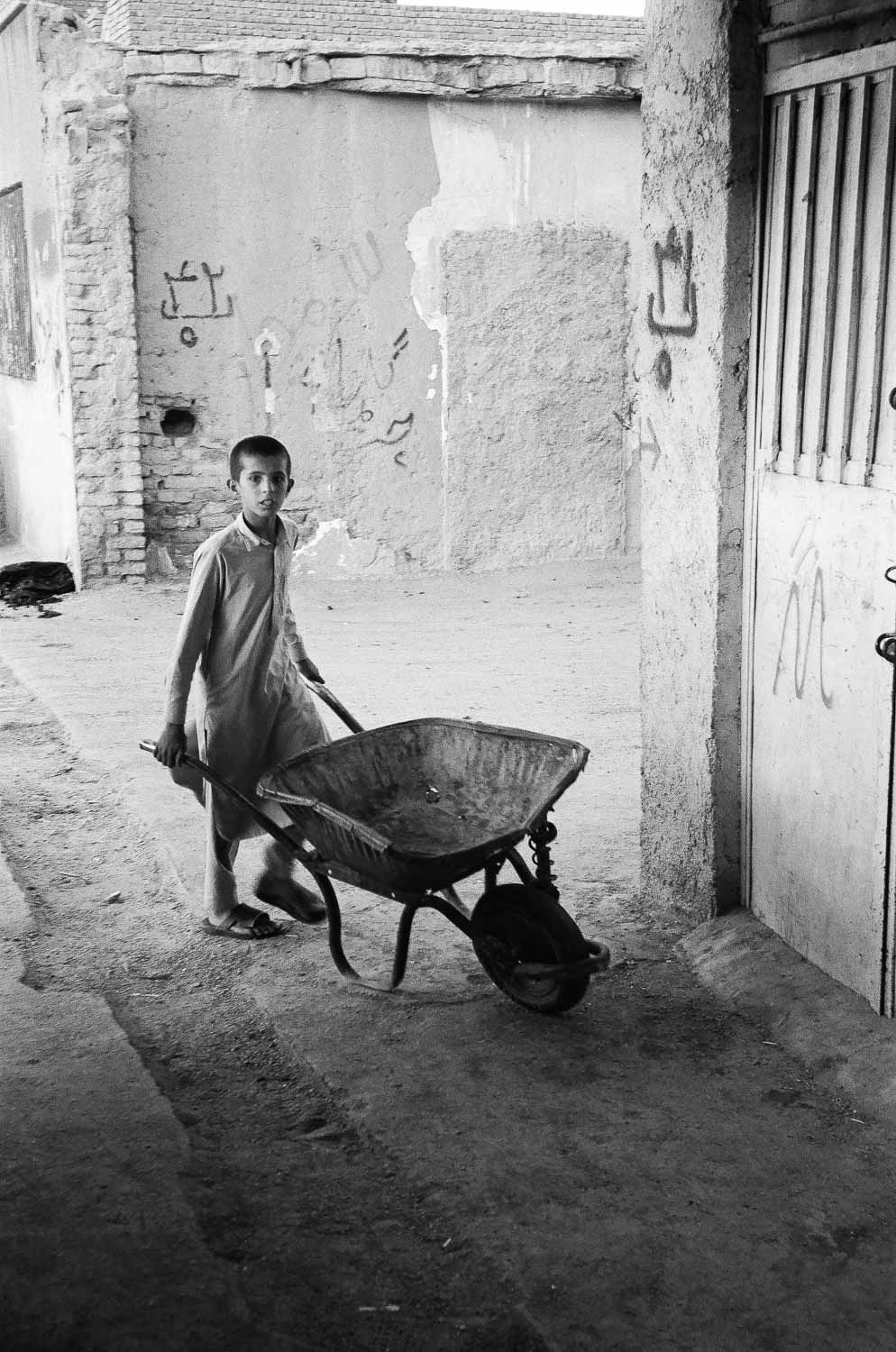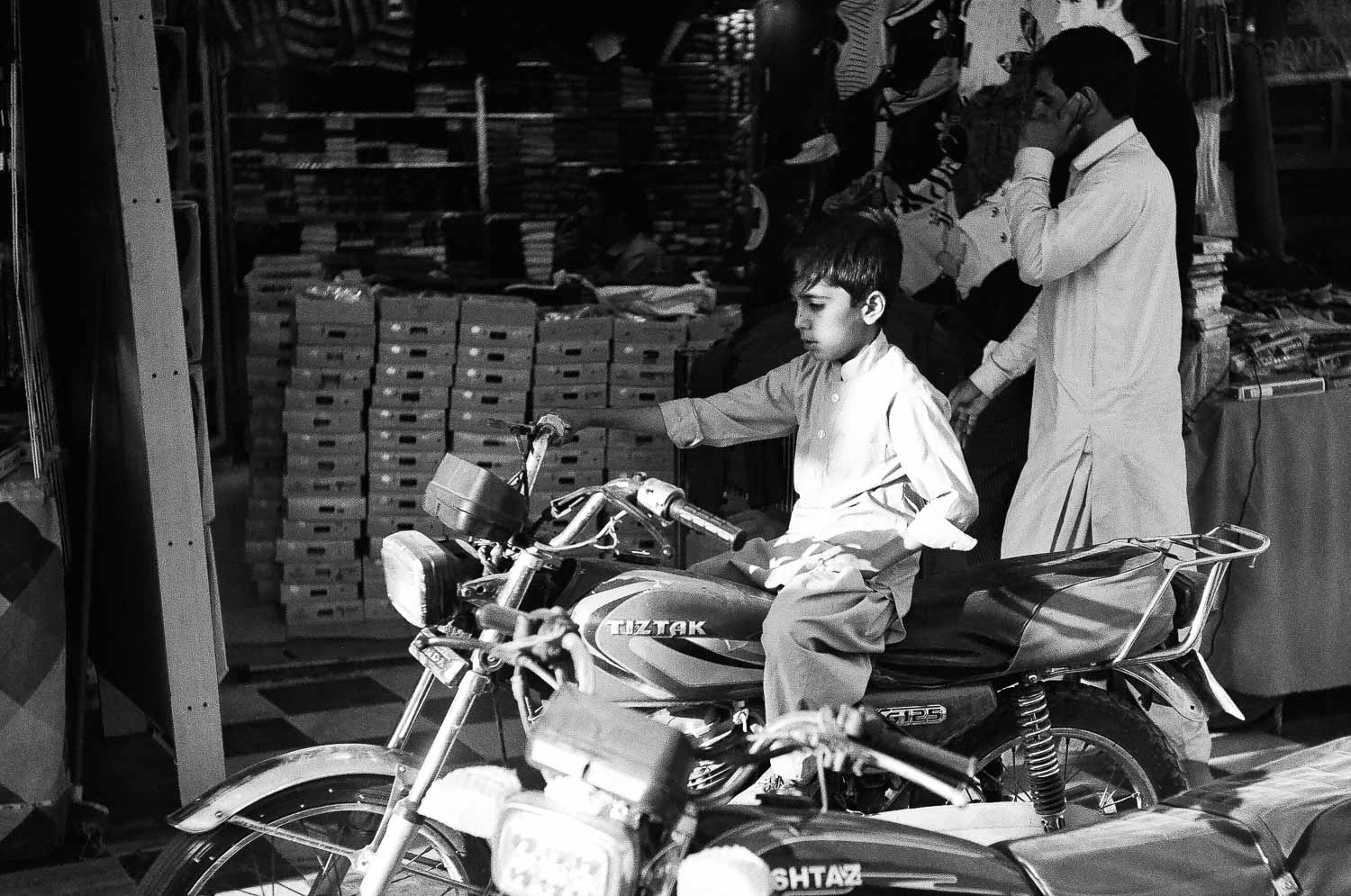Zahedan. A small city only an hour’s drive from the border of Pakistan and Afghanistan. A university town with a number of modern-style cafes, it is also Iran’s opium capital. The drug flows through here largely unchecked from the nearby border, and onwards to Tehran, Turkey and Europe.
Needless to say it is not a prime tourist destination. A predominantly Sunni region in the east of Shiia majority Iran, the province Zahedan is the capital of Sistan and Baluchestan.
This region is also one of the poorest in the country and has seen a number of recent terrorist attacks, including a mosque bombing and all-out gunfights between the Iranian Army and armed religious factions.
Opium is available in open drug markets in the city, and sells for around US$1 for 3 grams. A kilo might cost as little as $330. In return, gasoline is smuggled back over the border into Pakistan and Afghanistan, where – because of its low price in Iran – can be sold at around ten times the amount.
The penalty for possession of large quantities of opium – 50 kg and above, or more than 2 kg of heroin – is death by execution. And while the Iranian government conducts anti-narcotics operations to stem the flow of opium, the US government has simultaneously accused members of the government as being implicit in the lucrative drug trade.
Due to the poverty some people scavenge for useful rubbish which is then on-sold via dealers in the town. The opium trade has also seen a rise in addicts, some of whom are living in the city’s cemetery.
Yet despite the illicit trade of the underground, the streets Zahedan – like any city in the world – are filled with people simply going about their daily business Markets sell rugs, food, clothes, baskets and jewellery, and the central mosque attracts daily worshipers. Students attend class and the cafes are full of young people.
While perhaps not an obvious tourist destination, Zahedan is still a fascinating and vibrant city.
About the author:
Ali MC is a freelance writer and photographer who holds a Masters in Human Rights Law. His work has featured in publications such as Al Jazeera, The Guardian, GQ and SBS, and his photography has appeared in galleries such as the Monash Gallery of Art. Previous projects have included Rohingya refugees, marginalised East Timorese groups and labouring conditions in north-east India. He also works extensively with Indigenous communities in Australia. Ali MC is also the author of the full-length ‘punk rock travel book’ The Eyeball End.
This series of photographs were shot on a 35mm film camera and are part of an extended collection titled Analog Iran which can be viewed on Instagram.





